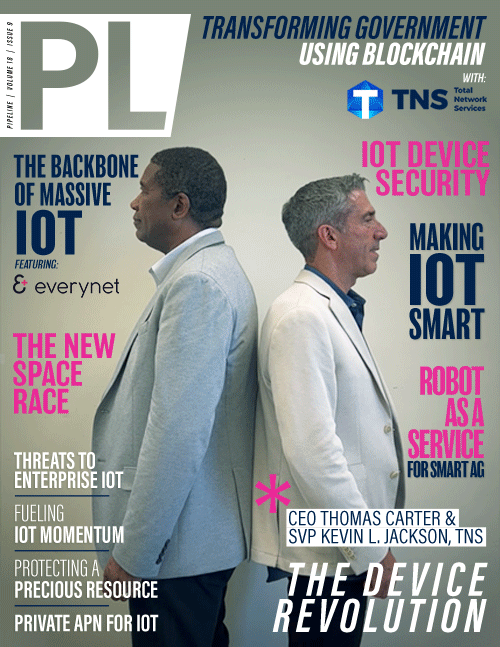LoRaWAN: The Backbone of Massive IoT
The best way to do this is by integrating smart water technologies and once again, the numbers reflect this. The global market size for IoT technology integration by utilities is expected to reach $53.8 billion by 2024—up from $28.6 billion in 2019. In fact, gas and water utilities are credited as being forerunners in implementing advanced metering technologies into their operations.
As both suppliers and consumers become more digitally savvy and demand accurate, real-time data on water usage, there has been a major shift from analog to automatic metering systems. More specifically, the US market is transitioning from Automatic Meter Reading (AMR) systems—reliant on employees to conduct manual field readings—to Advanced Metering Infrastructure (AMI)—a fully automated infrastructure that dramatically saves time and reduces manual intervention, resulting in a significant drop in maintenance and labor costs.
LoRaWAN specifically has emerged as the go-to connectivity and IoT technology providing the most adaptable solutions and is revolutionizing the supply chain, benefiting cities, utilities, suppliers and consumers alike. It operates within an open-standard network, providing various deployment options and ownership opportunities. Anyone can join the open standards-based network that provides a wide variety of choices available in the marketplace of applications and devices.
In addition to allowing the network features mentioned above, it offers long-range device connectivity ideal for urban environments, long device battery life (autonomous for up to 10 years), low-cost chipsets, and networks that transmit small packet data communications at massive volume.
Benefits of LoRaWAN connectivity throughout the supply chain
When it comes to the supply chain and logistics industries, IoT and LoRaWAN solutions can address three essential issues to transform shipping: Where is the cargo? What condition is it in? And how can this technology lower capital and operational costs?
Real-time tracking and monitoring of cargo conditions at any location while in transit reduces loss, dramatically saving time for personnel and enabling instant alerts and quick reaction to any compromising factors, such as dangerous temperature changes. The information provided by these solutions can be so precise as to indicate, for example, the exact timeframe where a particular frozen product thawed out at a specific loading dock or when and where a fragile load was damaged due to excessive vibrations. This precision and clarity significantly reduce the time spent settling disputes around who broke certain terms and conditions of deliveries as well as helping teams streamline and improve operations and processes.
Growing market for smart building solutions
Currently, the development of smart buildings most often occurs in cities that are historically known for technological innovation, such as Seattle, San Francisco, Portland and Boston, to name just a handful from the US alone. The reality is, however, that any building stakeholder driven by a proper data-centered framework can start integrating smart solutions into their current or non-existent systems infrastructure and almost immediately start gaining valuable insights to optimize their properties.
In fact, when examining the market options for smart solutions, LoRaWAN stands out. LoRaWAN-based installed connections are estimated to have grown 61 percent from 2018-19 with up to 125 million connected devices, which are estimated to surpass 1 billion by 2025.3
It's easy to understand why property managers have increasingly turned to LoRaWAN as it offers essential coverage, battery life, deployment ease and cost efficiencies.



















